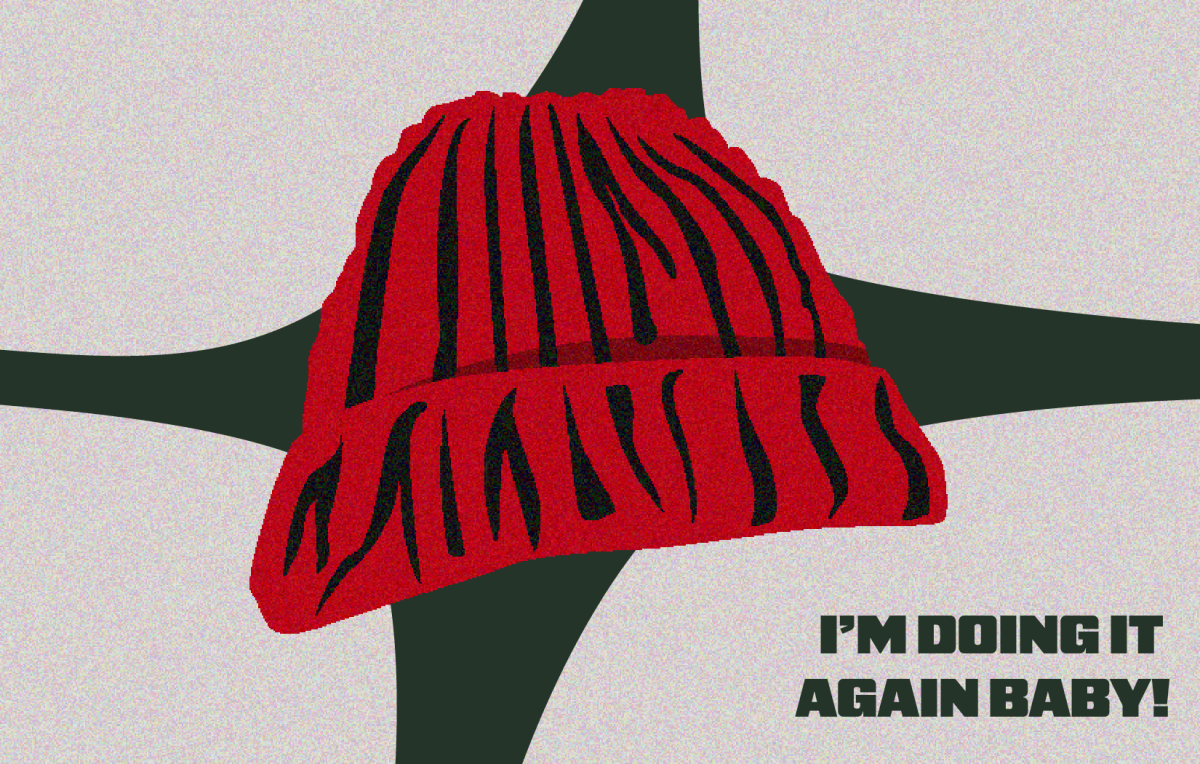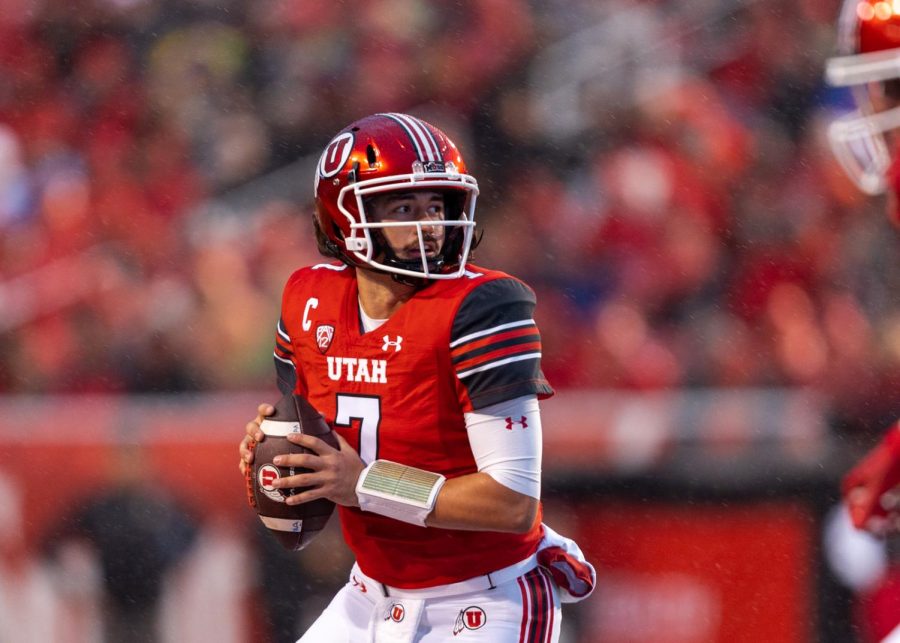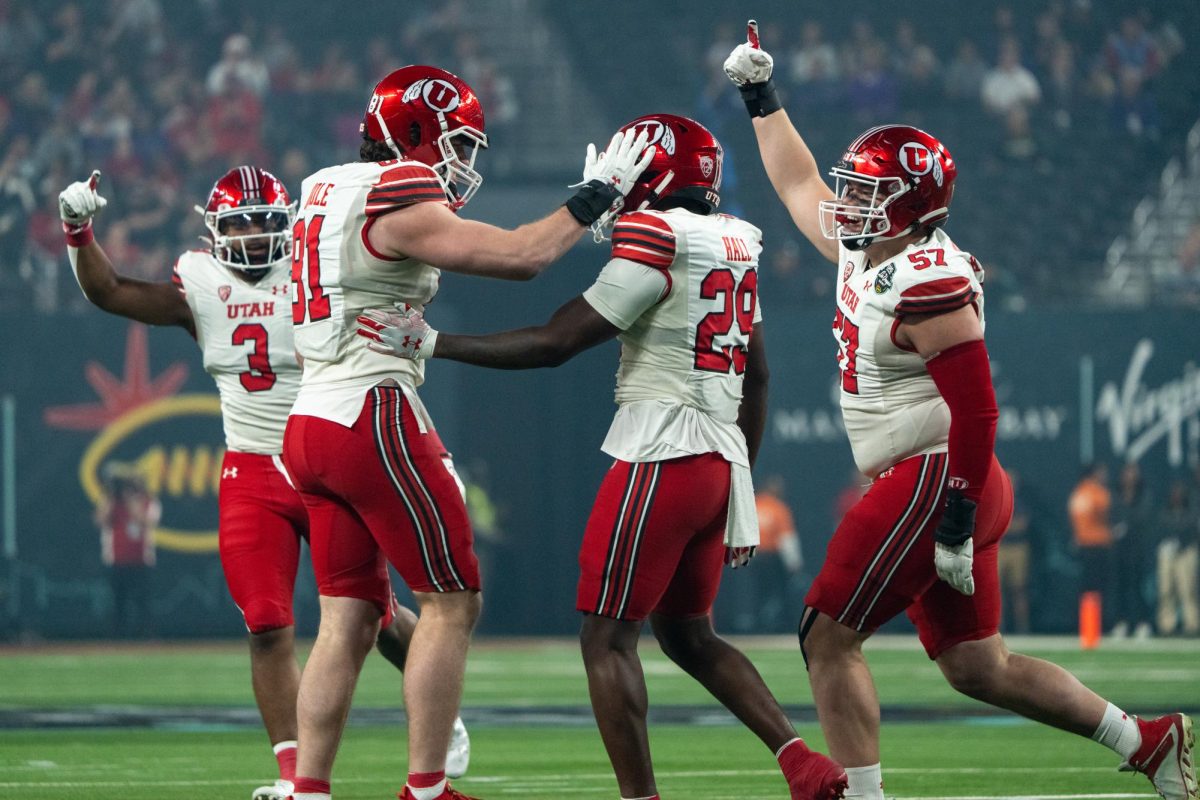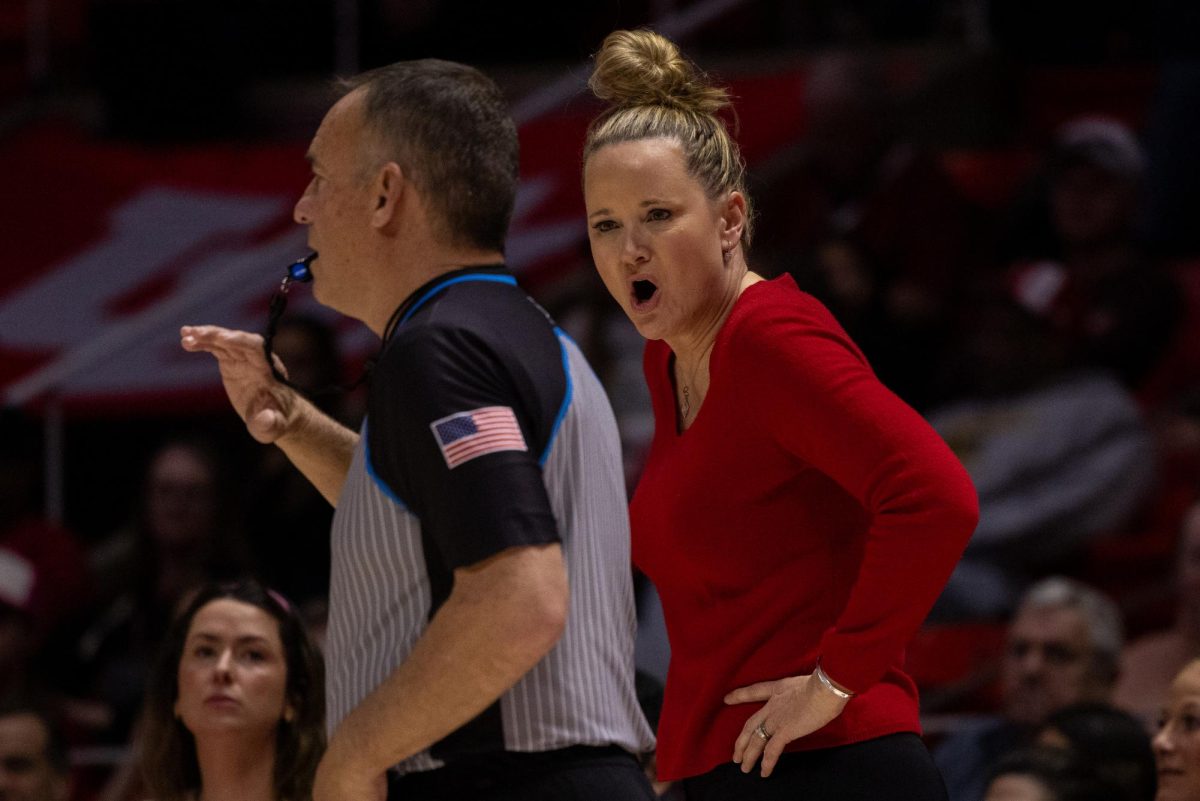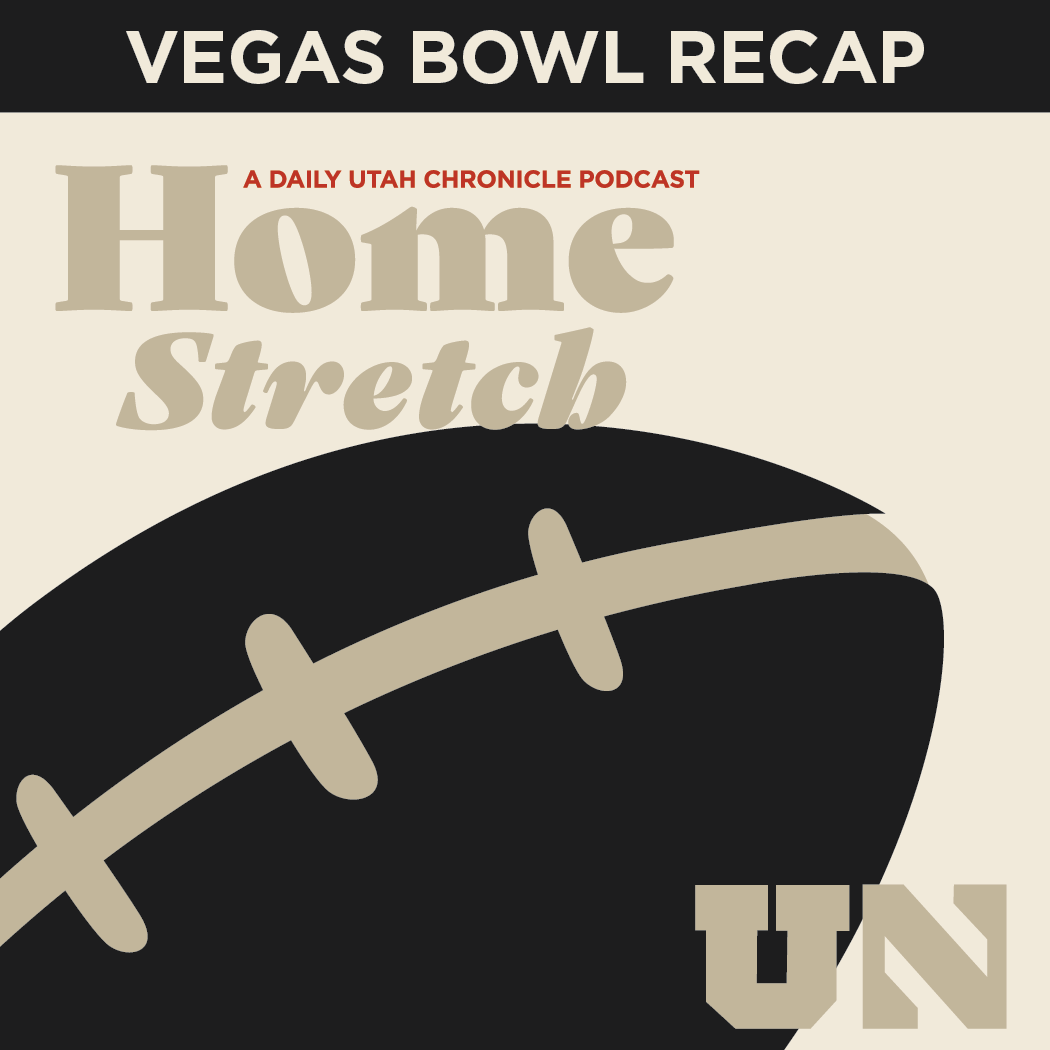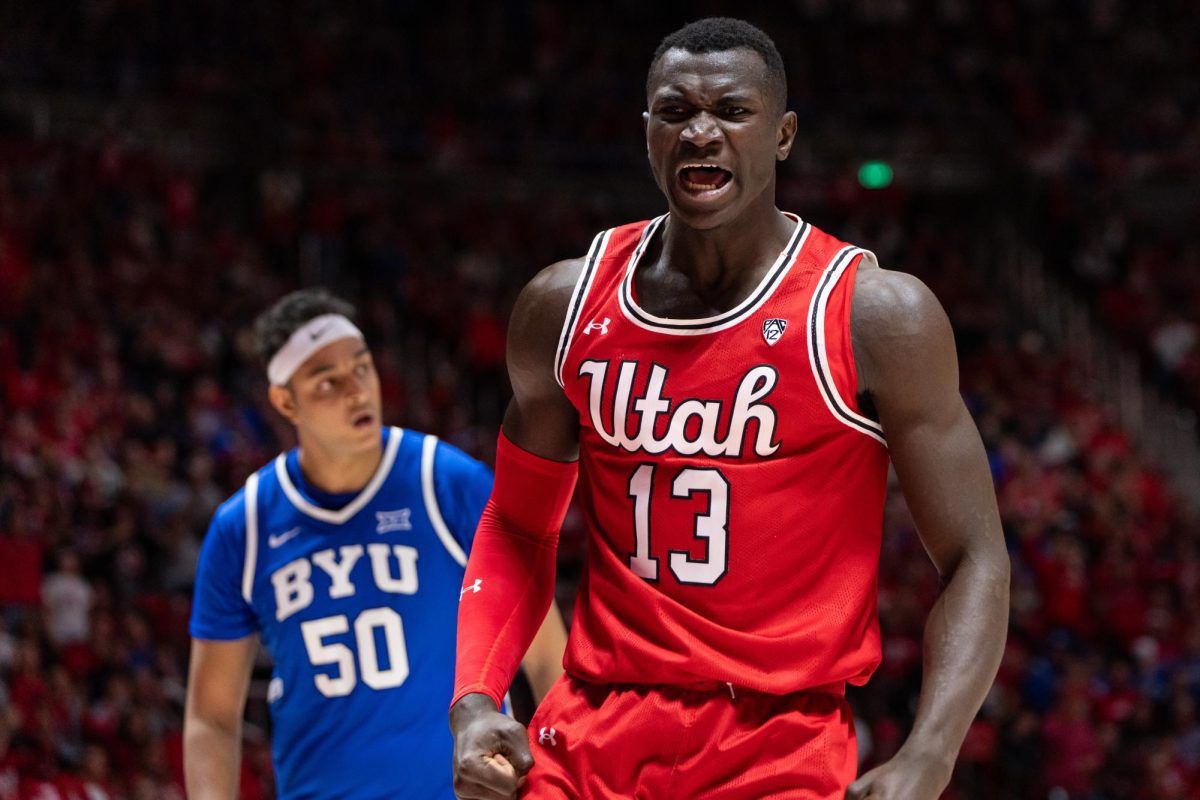The origins of the Pac-10 Conference date back to Dec. 15, 1915, with the creation of the Pacific Coast Conference. The 10-team conference included eight of the current Pac-10 members along with the University of Montana and the University of Idaho. During the run of the Pacific Coast Conference, the schools of the conference took home seven national championships based on the final polls of the Helms Athletic Foundation, The Dickinson System, and The Associated Press.
The Pacific Coast Conference dissolved in 1959 due to a scandal that involved California, UCLA, USC and Washington. All four schools had violated the conference code for financial aid and athletic subsidies.
A new conference, known as the Athletic Association of Western Universities, was then formed between Cal, Stanford, UCLA, USC and Washington. In 1964, Washington State, Oregon and Oregon State joined the AAWU when the conference renamed itself the Pacific-8 Conference, before Arizona and Arizona State joined in 1978 to make it the Pac-10.
The turn of the century was a positive step for the “smaller” Pac-10 programs. Oregon had one loss to Stanford in the regular season and was ranked No. 2 in the AP Polls. The Ducks, however, were left out of the championship game against Miami due to Nebraska being ranked No. 2 in the BCS polls. As a result of the controversy, Oregon faced Colorado in the Fiesta Bowl while Miami beat Nebraska in the Orange Bowl and Oregon moved up to No. 2 that year.
In 2003, USC, Oklahoma and LSU all finished the regular season with one loss. Although USC was ranked No. 1 in the AP Polls, the Trojans were left out of the championship game because they were ranked behind Oklahoma and LSU in the BCS Standings. USC ended up beating Michigan in the Rose Bowl and was named the National Champion by the Associated Press. It was the first time in the BCS era that more than one champion was named.
During the 1960s and ’70s, the team to beat in the conference was USC. From 1959 to 1979, the Trojans won 13 conference championships and five national championships and produced three Heisman Trophy winners.
By the 1980s though, the focus of college football began to move away from the traditional powerhouse schools of the West and Midwest and began to shift to the state of Florida. While USC did continue its success in the 1980s, Washington and UCLA began to challenge the Trojans’ reign as Pac-10 champions. From 1980 to 1990, the two schools won a combined seven Pac-10 championships.
1991 was the most successful season for the Pac-10 during the ’90s as Washington claimed a share of the National Championship with Miami to give the conference its first national title in over a decade.
Over the next decade, nine of the conference’s 10 teams passed around the conference crown, with Cal as the only team not to win at least a share of the Pac-10 title during that time.
The Pac-10 has also seen its share of controversy8212;toward a team in the Mountain West Conference, to much surprise. In 1984, Washington was ranked No. 4 in the nation with one loss and was invited to play No. 1 undefeated BYU in the Holiday Bowl. Washington declined the invitation and instead decided to play No. 4 Oklahoma in the Orange Bowl. Washington beat Oklahoma and still ended up No. 2 in the final polls behind BYU.
Today in the Pac-10, USC is still the team to beat. Although the Trojans dominate the modern Pac-10, history has shown the they will not stay on top forever. With the defeat at the hands of Oregon State last week, the Trojans’ grasp on Pac-10 opponents is not as tight as it once was.


